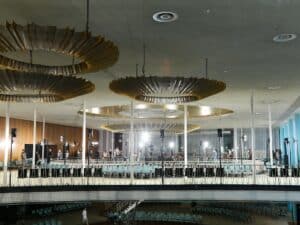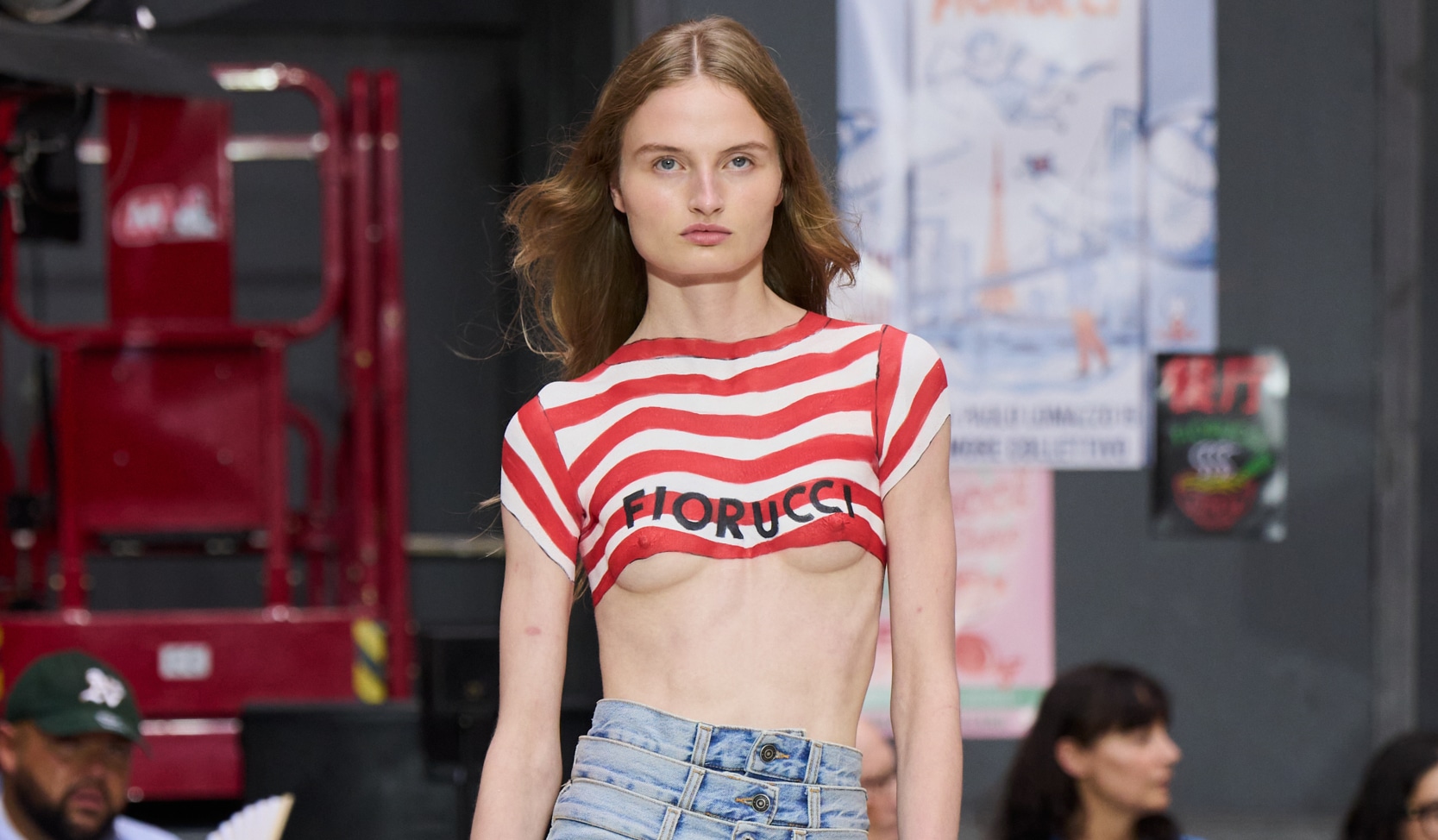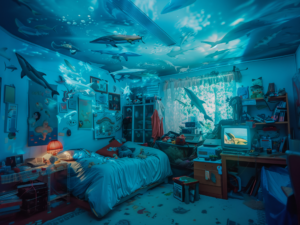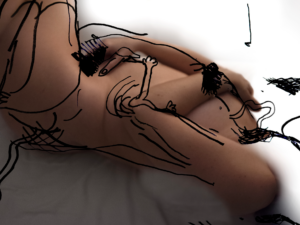In your practice, you use masks, wigs, merkins, breast plates and other fake and prosthetic body parts. What are your thoughts behind choosing to wear these?
In my solo performance work as Narcissister, part of the concept and the challenge is that I play all the roles. And I have intricate performance pieces – one, for example, where I portray the life of a woman, from birth to death to rebirth in less than five minutes. So, in order for me to play all the roles, I often need to design costumes that make it seem like there’s more than one person on stage. I do that with fake body parts, with dolls, with additional heads and additional hands. In using these prosthetics, I am able to give the illusion of doing many things at once or being many different people at the same time, when in reality, it’s just me on stage.
Your mask is a distinctive signifier, yet it also gives you anonymity. What power do you think anonymity brings?
For me, that is the greatest power of the character. It gives me a lot of comfort because I have no interest in making art that’s 65 uniquely about myself. I draw a lot from my own experience in my work and I know that I want to be the primary embodiment of this character. I love to perform as Narcissister and use my background as a professional dancer. But the idea of making work that shows my face and my eyes, and therefore seems to be exclusively about me, is not interesting to me at all. So the mask protects my privacy and I find it very inspiring to put the mask on and to become this other character. I find that it makes the project strange and singular. Again, I’m very satisfied with this idea that there is no density to her, but that the mask is just an object, a signifier, that is laying on the floor of my studio when it’s not animated. Additionally, I think the mask enables me to make comments about race because the mask comes in multiple skin tones. I can also add facial hair and, that way, easily become a man. The message of the project becomes so much broader with the mask than it could ever have been if I were doing this work as myself. I am committed to portraying this character until I die and I really look forward to perform as Narcissister when I am an old woman. I’m excited to imagine what it will look like to pair my old wrinkly body with this mask, this smooth, plastic mask that doesn’t age and doesn’t change expression. I think the messages in the work will only become more powerful as I get older.
“What’s been very exciting and liberating for me is to, through this character, be able to reclaim my sexuality and my erotic expression as my own and to queer it and to revel in it as my own creation.”
Narcissister’s appearance evokes connections to what is usually associated with a very sexual view of the female body. Why do you think female eroticism is such an effective tool for discussing identity?
I don’t know if the erotics in my work go very far in furthering discussions of identity as some other aspects of my work do. I feel that exploring eroticism in this project is very meaningful and freeing for me, and I think that it’s more about reclaiming sexuality or eroticism on my own terms. Because, perhaps, as a woman of color – and maybe as an American woman of color – I felt that I was assigned a certain eroticism and that there is a certain fetish associated with my identity. Maybe this is the way that it says something about identity. What’s been very exciting and liberating for me is to, through this character, be able to reclaim my sexuality and my erotic expression as my own and to queer it and to revel in it as my own creation. For example, in choosing to use my orifices in unpredictable ways – it’s not about accessibility for a lover or for a gynecologist’s hands or to produce a baby through. Instead, I have reclaimed my genitals and use them to my own delightful ends through this character. I think that there’s always something complicated in the fine line that I know that I walk, because I am using many of these well-worn images of the erotic or sexualized woman or the sexualized woman of color. I know that there’s not necessarily something fresh in that itself; however, I feel that in queering eroticism in the way that I do as Narcissister, it dislodges some of these cliched representations of female sexuality that are so painful for many of us women.
Your work has often made me think about the difference between male body expression versus female and how we move in society. How do you think body language determines our experience of ourselves and the world around us?
I think about this a lot during the process of choreographing my Narcissister works because, as I said, I used to be a professional dancer and I do draw on my dance training and the different techniques that I learned.
But I’m also really interested in pedestrian movements and incorporating them into the work. As I don’t have a facial expression to offer since the mask is never changing, my body language does all of the communication. So it’s not just the dance moves that I might do, but also about what I can communicate with my body language. If I’m portraying a baby as Narcissister, I have to think of what the body language is of a baby, how does a baby move? If I’m portraying a man, what’s the typical male body language? What’s the stance like? What’s the position of the hips? How do the arms move? If I’m portraying a stripper, what’s the body language of a stripper? In this particular instance, the body language is also choreography. And all of it goes back to this idea of identity. Our body language is something that, whether we’re aware of it or not, we put on and it’s a form of dance that we do to further whatever representation we’re invested in putting out in the world.



